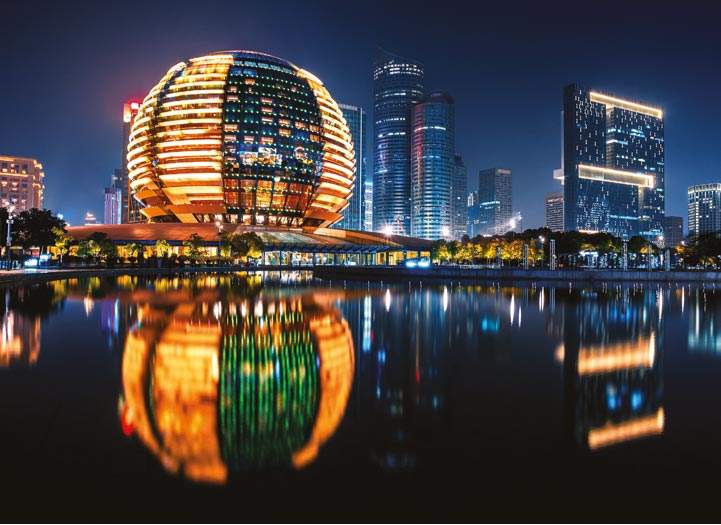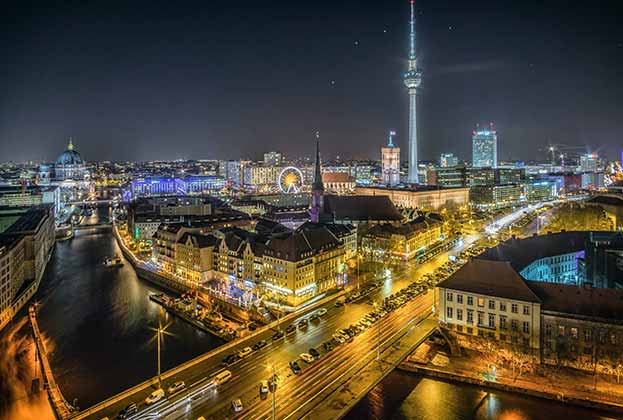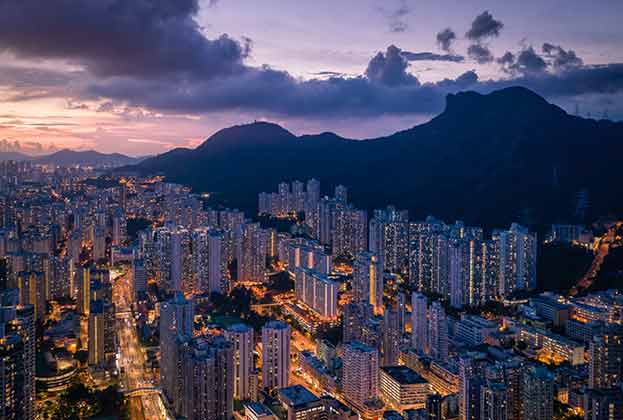Prime residential markets show resilience amid Covid-19 headwinds
The resilience of prime residential markets was highlighted over the second half of 2020. Savills World Cities Prime Residential Index recorded an average capital value increase of 0.8% for the cities in the index at a time when global GDP is recovering from the impact of Covid-19 and subsequent lockdowns.
The positive capital value growth recorded in the second half of 2020 was large enough to more than offset the 0.3% decline seen in the first half of the year. Leaving annual growth at +0.5% for 2020.
This turnaround coincided with activity returning to residential markets around the world as lockdown measures were loosened. Bolstered by stimulus measures, low interest rates and demand for properties with more space, many residential markets experienced a robust recovery in demand.
Some of the strongest performers over the last year were cities where effective management of the virus allowed economic activity to be comparatively less impacted in the past year, such as Seoul, Hangzhou and Berlin. Supply and demand dynamics, however, also remained an ever-important driver.

Global city: Hangzhou
Rental values and yields
The prime rental market on average fared worse during 2020 compared with the purchaser market. Demand for prime residential rental properties is often more international and from corporate tenants. Travel restrictions have hindered these sources of demand. A fall in tourism has also led to many rental properties that were previously on the short-let market added to supply.
Prime rents in the second half of 2020 fell 1% on average for the cities in the index. This followed a 1.5% decline seen in the first half of the year, leaving total annual prime rental growth down 2.5%. Yields have, however, held relatively steady. The average gross yield for the index stood at 3.1% as of December 2020, down marginally from 3.2% a year prior.
Unlike the global financial crisis, this recession is not rooted in the banking sector
Sophie Chick, Head of Department, World Research
Modest impact compared to previous recession
The impact of the pandemic on prime residential prices has, so far, been modest in comparison to the global financial crisis (see chart below). Unlike the global financial crisis, this recession is not rooted in the banking sector. Current distress levels are much lower than compared with the previous downturn. Interest rates remain at record lows. Higher-earning professionals have also been less susceptible to income disruption to date.
Looking ahead
The attractiveness of the prime residential sector across the globe will remain strong
Entering 2021, much still remains uncertain. Sentiment is, however, improving as the rollout of the Covid-19 vaccines begins. Despite the uncertainties that still linger, the market for prime residential property is expected to remain active.
Our prime residential forecasts for the 30 cities in Savills World Cities Prime Residential Index highlight the stability of prime residential property. Average capital value growth for the cities in the index is forecast at 1.6% for 2021.
Many of the factors which helped drive prime residential markets in the second half of 2020 are expected to continue to do so through 2021. These include the desire for more space and low levels of supply in some locations. Historically low interest rates, which are expected to remain low for some time, also make the sector attractive for wealth preservation. These factors, and the sector’s strong fundamentals, mean positive price growth is expected in 19 cities in 2021, compared with nine that are expected to see small price falls.
Prime rental growth potential is likely to remain limited for many cities while travel restrictions are still in place. But with the rollout of multiple vaccines, a resumption of international mobility could occur in the not too distant future. This could help once again drive rental growth and hence yield potential.
The long-term implications of Covid-19, and what this means for the way in which people live and work, are still uncertain. That said, the attractiveness of the prime residential sector is likely to remain strong in 2021 and beyond.
Read the articles within Savills Prime Index: World Cities below.
.jpg)

.jpg)


